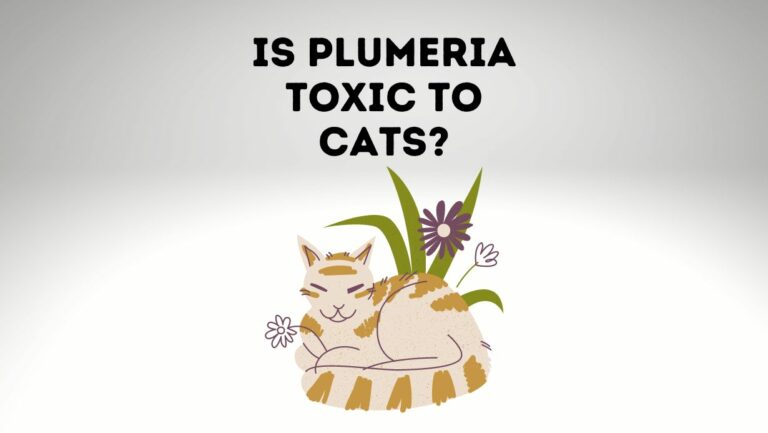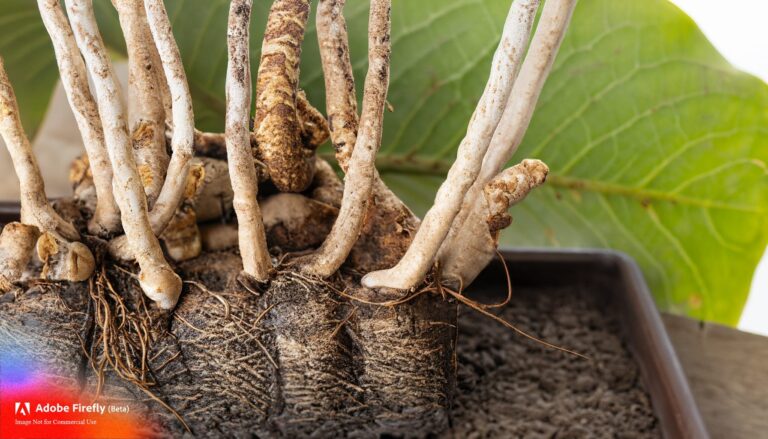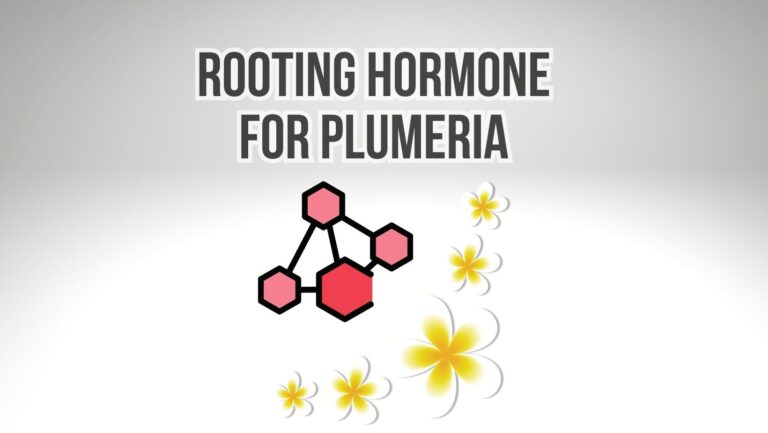
Plumerias, with their stunning blooms and intoxicating fragrance, are a delightful addition to any garden. However, like many plants, plumerias can fall victim to various pests that can hinder their growth and vitality. One effective strategy to mitigate pest issues is to choose plumeria varieties that exhibit resistance or tolerance to common pests. In this article, we’ll delve into the realm of plumeria pests, explore resistant plant varieties, and provide insights on how to select and care for them to ensure a thriving and pest-resistant garden.
Understanding Plumeria Pests:
Plumerias, while robust and resilient, can face attacks from various pests that can compromise their health and aesthetics. Some common pests that affect plumerias include:
1. Aphids: Tiny insects that suck the sap from plant tissues, leading to curled and distorted leaves.
2. Spider Mites: Microscopic pests that feed on leaf cells, causing stippling, discoloration, and weakening of the plant.
3. Mealybugs: Soft-bodied insects that cluster on leaves and stems, sapping the plant’s vitality and causing stunted growth.
4. Scale Insects: Pests that attach to plant surfaces and drain sap, leading to yellowing, wilting, and general decline.
5. Whiteflies: Small flying insects that suck sap from leaves, weakening the plant and possibly transmitting diseases.
Plumeria Varieties with Pest Resistance:
Selecting plumeria varieties that exhibit resistance or tolerance to common pests can significantly reduce the risk of infestations and the need for extensive pest management efforts. Some plumeria cultivars are naturally more resistant to pests due to their genetic makeup. Here are a few varieties to consider:
1. ‘Bali Whirl’: This cultivar is known for its resistance to pests like aphids and spider mites. Its striking red and white flowers make it an attractive addition to any garden.
2. ‘Sierra Madre Rose’: With its lovely pink blooms and natural resistance to aphids, this plumeria variety is a favorite among gardeners seeking pest-resistant options.
3. ‘Cheshire Cat’: Featuring vibrant pink and yellow flowers, the ‘Cheshire Cat’ is prized for its tolerance to pests and overall hardiness.
4. ‘Dwarf Deciduous’: Smaller in stature but big on resistance, this variety exhibits a good level of natural pest resistance and is suitable for limited garden spaces.
5. ‘Inca Gold’: This plumeria boasts stunning yellow-gold flowers and is known for its resilience against pests like mealybugs.
Choosing and Caring for Pest-Resistant Plumerias:
1. Research and Selection:
- Begin by researching plumeria cultivars known for their pest resistance. Consult local nurseries, gardening forums, and botanical resources to gather information.
2. Local Adaptation:
- Opt for plumeria varieties that are well-suited to your local climate and conditions. Native or locally adapted varieties often exhibit greater resilience.
3. Vigilance and Monitoring:
- While resistant varieties are less susceptible to pests, periodic monitoring of your plants is essential to catch any early signs of infestations.
4. Plant Health and Maintenance:
- Maintain optimal plant health through proper watering, fertilization, and sunlight. Healthy plants are better equipped to resist and recover from pest attacks.
5. Natural Predators:
- Encourage natural predators like ladybugs, lacewings, and parasitic wasps that feed on pests, helping to maintain a balanced ecosystem.
6. Companion Planting:
- Plant pest-resistant plumerias alongside companion plants that can deter pests or attract beneficial insects.
7. Cultural Practices:
- Avoid over-fertilization, as excessive nitrogen can make plants more susceptible to pest attacks. Prune damaged or infested plant parts promptly.
8. Organic Remedies:
- Utilize organic pest control methods, such as neem oil, insecticidal soap, and homemade sprays, to manage infestations if they occur.
Conclusion:
Selecting pest-resistant plumeria varieties is a proactive and eco-friendly approach to managing pest challenges in your garden. By researching, choosing, and caring for these resilient cultivars, you can enjoy the beauty of plumerias without the constant worry of pest infestations. The harmony between pest-resistant plumeria varieties and effective cultural practices creates a garden environment that celebrates the splendor of these tropical beauties while promoting a thriving and balanced ecosystem.






